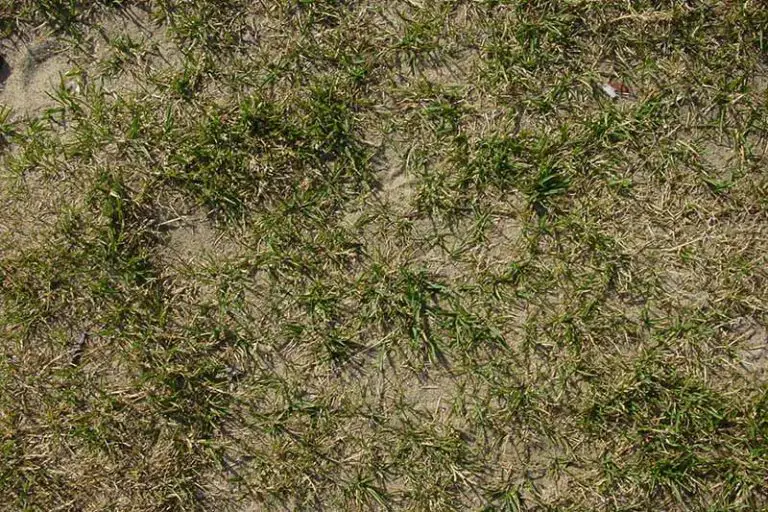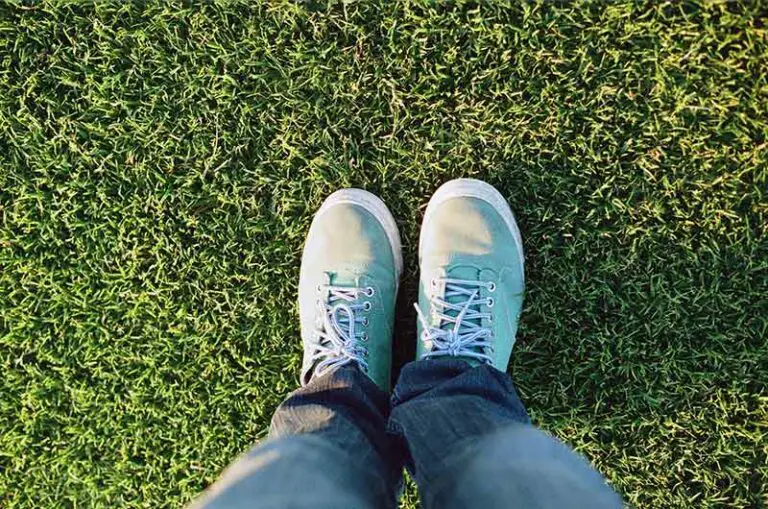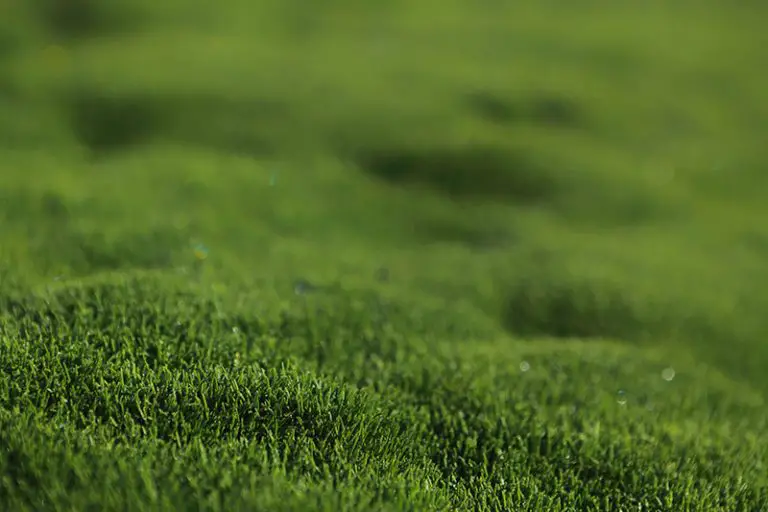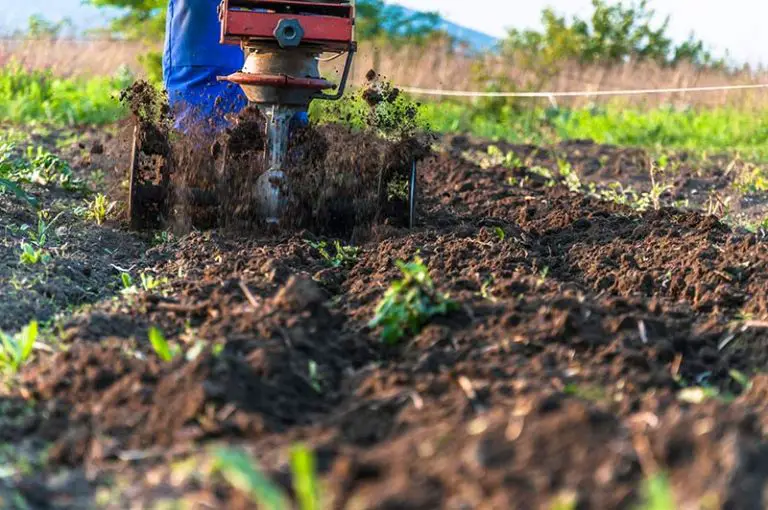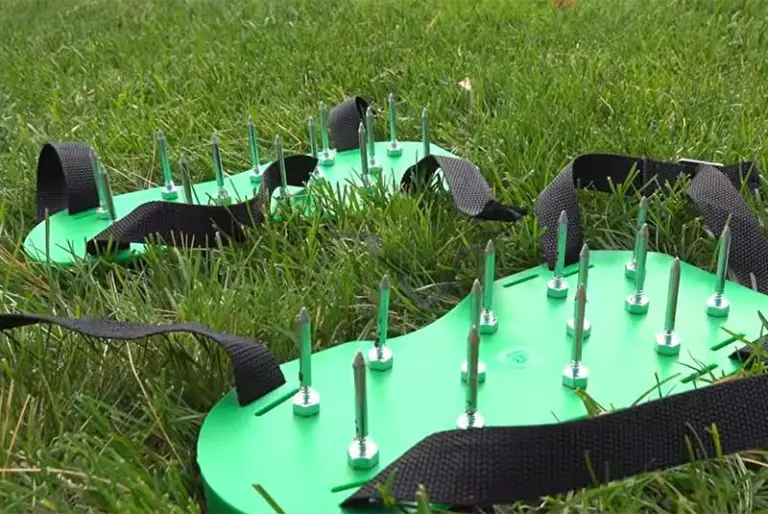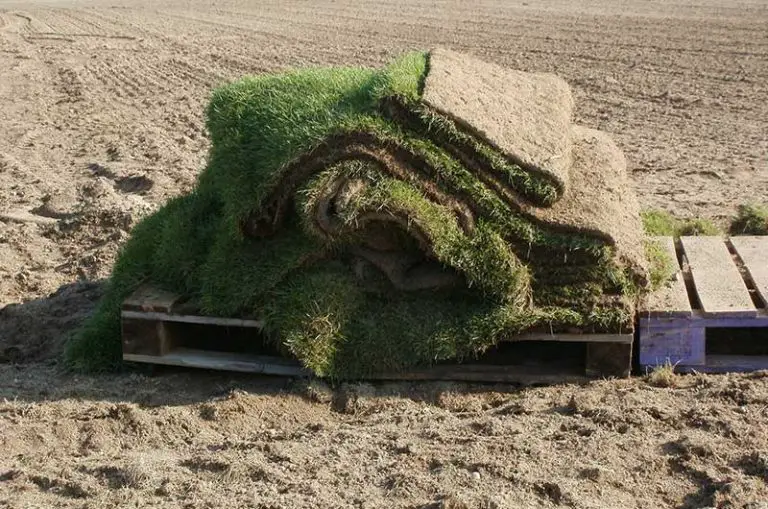Can You Walk on Overseeded Lawn?
Overseeding is a method used to increase the amount of grass that is present in a lawn. It’s often used to fill in bare patches and give the appearance of a healthier, thicker lawn.
It isn’t advised to walk on an overseeded lawn due to its delicate nature. It’s also necessary to take other precautions when overseeding to ensure that the new seeds aren’t interfered with and are able to grow correctly.
What is Overseeding?
Overseeding refers to the use of distributing grass seed on an already established lawn. It is achieved by simply scattering fresh seeds over a lawn, without digging or making any changes to the pre-existing lawn. It’s a technique often used on grass that is looking a little bare or needs to have its density increased. Overseeding can give your lawn a much fuller, greener appearance once the seeds have grown to maturity.
Why Should I Overseed My Lawn?
Overseeding is more of a preference than a regular maintenance task that should be completed. Whilst it does have its benefits, a lot of them are for superficial reasons. For instance, an overseeded lawn is more likely to look fuller and greener once the seeds have sprouted. There are, however, more practical reasons to overseed a lawn. These include minimizing bare sports, such as dog urine stains and lawn fertilizer burns.
Overseeding also provides more natural protection against issues such as fungi, mold or lawn disease from taking hold of your lawn. A thicker lawn is much more equipped at fighting back against diseases.
How to Overseed a Lawn
Overseeding a lawn can be done in a few different ways. For instance, small areas can be easily filled in by sprinkling the grass seed onto them. On the contrary, larger areas may require a seed spreader to assist with the load.
To overseed a lawn, make sure that the grass is freshly mowed and all debris is raked up. You may also want to dethatch your lawn at this point, to give your seeds a higher chance of germination.
After spreading the seeds, make sure to water them daily using a small amount of water. This can be done using something similar to a soaker hose, designed for gentle waterings.
Certain types of grass are more ideal for overseeding than others, make sure to check which type of grass you have before overseeding your lawn.
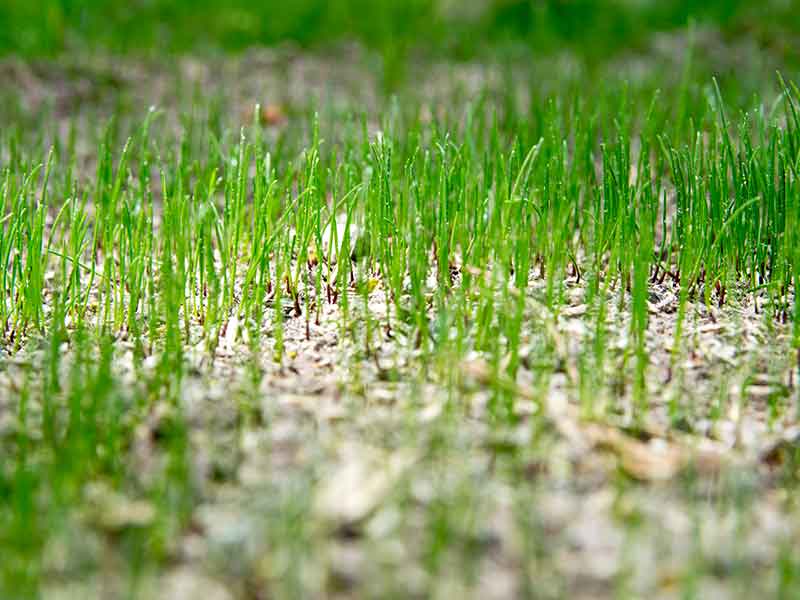
When to Overseed a Lawn
Overseeding your lawn is a process that should be done when the weather is mild and there is no likelihood of heavy rain. This is due to the fact that heavy rain or other extreme weather can potentially stop seeds from germinating. Spring / early summer are oftentimes the option when it comes to overseeding, but it can also be done at the end of summer and the beginning of fall.
Can I Walk on an Overseeded Lawn?
It’s not a good idea to walk on an overseeded lawn, especially if the grass has not begun to grow yet. This could cause damage to the seeds, preventing them from germinating and thus rendering your overseeding efforts useless. Once a lawn, or portion of a lawn, has been overseeded, avoid contact with it for at least six weeks to allow the seeds to germinate and develop. You should also not mow the lawn during this time, and allow the grass to reach at least 4” in height before considering cutting it.
For the best results, ensure that birds or other animals are unable to eat the seeds that have been sown.
How to Protect Overseeded Lawn
As an overseeded lawn should not be walked over, it’s important to protect it from any contact from elements that may damage it. Whilst avoiding walking on it is fairly easy for most people, animals and young children may not be able to understand. When members of the household have access to the garden, ensure that they are not walking across the lawn, or the area of the lawn which has been overseeded. Whilst this only works if you are able to keep a close watch on the lawn, there are other ways to increase the protection of the seeds that are growing beneath it.
One such way of doing this is to add a thin layer of straw atop of the lawn. This straw is breathable, easy to remove, and will provide just enough sunlight for the seedlings. It’ll also be a visual reminder to people that the lawn shouldn’t be walked on. Straw can also protect more against animals, as it will make it harder for birds and other small critters to gain access to the seeds.
Fertilizing after overseeding can help bolster your grass and improve its health, along with watering it gently.
Knowing how much straw you need to cover your grass seed may take some calculating, as too much has the potential to suffocate the seedlings and prevent future growth.
Does Walking on Grass Damage it?
Fully developed grass has the potential to be damaged by walking over it, depending on the initial state of the grass. It’s more likely to be damaged if the ground is saturated and damp. This is because it can easily be bent out of shape, partially buried and suffocated as a result. Staying off even fully developed grass when the ground is particularly wet will help it in the long run and keep it looking healthy and fresh.
Final Thoughts
Whilst it may be hard to stay off your lawn for extended periods of time, especially if you are an avid gardener, it is sometimes essential when ensuring your garden is able to look as healthy and green as possible. Overseeding has many benefits, both superficial and in terms of health and wellbeing, so it’s important to do it right whenever the task is undertaken.

